Collections Care and Stewardship
Innovative Approaches for Museums
About the Series
The Innovative Approaches for Museums series offers case studies, written by scholars and practitioners from museums, galleries, and other institutions, that showcase the original, transformative, and sometimes wholly re-invented methods, techniques, systems, theories, and actions that demonstrate innovative work being done in the museum and cultural sector throughout the world. The authors come from a variety of institutionsin size, type, budget, audience, mission, and collection scope. Each volume offers ideas and support to those working in museums while serving as a resource and primer, as much as inspiration, for students and the museum staff and faculty training future professionals who will further develop future innovative approaches.
About the Series Editor
Juilee Decker is an associate professor of Museum Studies at Rochester Institute of Technology (RIT) where she teaches courses focusing on museums and technology so as to bring theory and praxis together in the classroom environment. She has worked as a public art consultant and advisor for more than 15 years and has managed several public and private collections of public art. Since 2008, she has served as editor of Collections: A Journal for Museum and Archives Professionals , a peer-reviewed journal published by Rowman and Littlefield.
Titles in the Series
Technology and Digital Initiatives: Innovative Approaches for Museums
Engagement and Access: Innovative Approaches for Museums
Collections Care and Stewardship: Innovative Approaches for Museums
Fundraising and Strategic Planning: Innovative Approaches for Museums
Collections Care and Stewardship
Innovative Approaches for Museums
Edited by Juilee Decker
ROWMAN & LITTLEFIELD
Lanham Boulder New York London
Published by Rowman & Littlefield
A wholly owned subsidiary of The Rowman & Littlefield Publishing Group, Inc.
4501 Forbes Boulevard, Suite 200, Lanham, Maryland 20706
www.rowman.com
Unit A, Whitacre Mews, 26-34 Stannary Street, London SE11 4AB
Copyright 2015 by Rowman & Littlefield
All rights reserved . No part of this book may be reproduced in any form or by any electronic or mechanical means, including information storage and retrieval systems, without written permission from the publisher, except by a reviewer who may quote passages in a review.
British Library Cataloguing in Publication Information Available
Library of Congress Cataloging-in-Publication Data
Collections care and stewardship : innovative approaches for museums / edited by Juilee Decker.
pages cm. (Innovative approaches for museums)
Summary: Considers best practices and innovations related to documenting collections with regard to movement and safe handling of items for transport, display, photography, and treatment; collections storage; and information-sharing within and beyond the museumProvided by publisher.
Includes bibliographical references and index.
ISBN 978-1-4422-3879-4 (paperback : alkaline paper) ISBN 978-1-4422-3880-0 (electronic) 1. MuseumsCollection management. 2. AntiquitiesCollection and preservation. 3. Art objectsCollection and preservation. 4. ManuscriptsCollection and preservation. 5. MuseumsCuratorship. 6. MuseumsEducational aspects. I. Decker, Juilee.
AM133.C565 2015
069'.5dc23
2015011698
 The paper used in this publication meets the minimum requirements of American National Standard for Information SciencesPermanence of Paper for Printed Library Materials, ANSI/NISO Z39.48-1992.
The paper used in this publication meets the minimum requirements of American National Standard for Information SciencesPermanence of Paper for Printed Library Materials, ANSI/NISO Z39.48-1992.
Printed in the United States of America
Contents
Introduction
On January 6, 2015, conservators from the Museum of Fine Arts (MFA) opened the oldest time capsule in America, first buried by Patriot and metalsmith Paul Revere and Sam Adams, who was governor of Massachusetts in 1795. It had been unearthed in 1855 when additional items were added and the contents were placed in a brass vessel before being re-deposited to the site of the granite cornerstone. The capsules contents were coins and newspapers from the 1650s through 1850s. This collection from the most unlikely of places will undergo conservation treatment and will be put on view at the MFA before being returned to their home underneath the State House. The retrieval, care, display, interpretation, and storage of these items bear witness to the ways in which museums function as institutions that preserve cultural heritage and also offer a critical and reflecting voice of societal issues. Museums are spaces where people, place, history, and memory come together with artifacts and digital assets. They invite participation and dialogue that, in turn, becomes a synthesis of future visits. Museums and collections have the capacity to inspire as well as reflect.
A second example of this ability of collections to reflect as well as inspire comes from a series of events launched in fall 2014 by the University of Cambridge Public Engagement team. They initiated Curating Cambridge, a program focusing on connecting the universitys collections to the area community provided a five-week opportunity to explore the publics relationship with objects, places, and nature through experience and narratives of the museums relationship with its objects. Specifically, the project aimed to redefine collections in the eyes of the community and to imbricate new collections. Taking cues from the programs tagline our city, our stories, our stuff, Curating Cambridge translated the notion of collections and curation to the public. The programming brought a slate of cultural events focusing in and around the University of Cambridge museums (including the Fitzwilliam, Museum of Zoology, The Polar Museum, and six others) to draw attention to other cultural and educational organizations in the region and to showcase their offerings. In addition, artist Caroline Wright collaborated with Cambridge residents to connect objects in area home to narratives of place, time, and people by executing an exhibition ( My Home Is My Museum ) and performance that, together, paid heed to domestic, private museums historically and in the present. In total, Curating Cambridge foregrounded the collections housed in Cambridge and offered these as a starting point to tell stories about... connections to these objects, one another, and the rest of the world. Particularly interesting in this example is the notion of curating as both an act and a descriptor. Specifically, the program authorized individuals to curate on many levels: for the organizers, curating referred to their entire process of orchestrating the events, venues, promotion and collaboration. One the part of the attendees, participants, and contributors, curating referred to the ability to: curate ones own experiences by selecting events to attend and collections to view; curate by mining ones own collection and authorizing it for the public to view; and curate by fusing the notion of a formed, orchestrated collectionthe universityswith an extemporized one. The notion of curating also takes on its participial form in that curating modifies Cambridge. Curating describes Cambridge as an entity that curates. What a fascinating way to think about an entire city!
A third example of collections reflecting as well as inspiring is the British Museumled initiative Teaching History with 100 Objects a partnership among museums across the UK funded by the Department of Education in England. Here, emphasis is on an object from a museums collection and the ways in which that item can serve as nexus for lifelong learning. Each item, from a museum within the UK, is explored in terms of form and content through a richly annotated object file for each work. The object file includes links to sources outside of the museum, including maps as well as imagery from Flickr and Wikimedia commons as well as other museums and institutions in the UK. Additional source material is available from the BBC, National Archives, regional history sites, among other sites. Suggestions for making a field trip to local resources are included, along with ample material to craft a single classroom or multiple classroom experience(s). Keyed to the primary education structure in the UK (referred to as Key Stages), the resources are freely available on the teachinghistory100 site. Each object file is an exemplar of object-based learning.
Next page
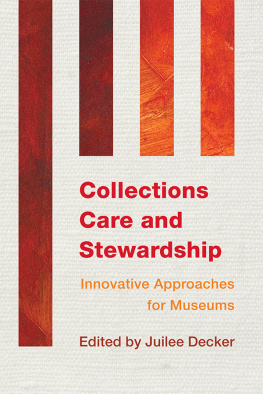
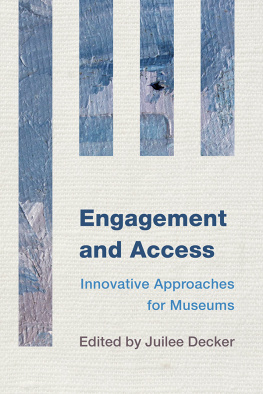
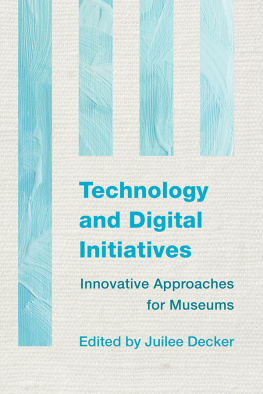
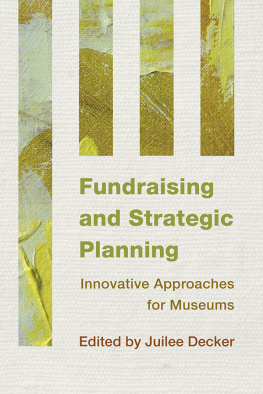

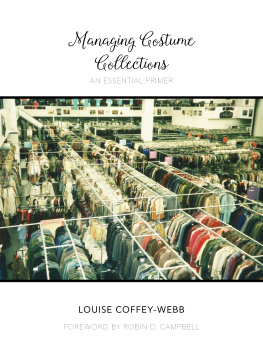

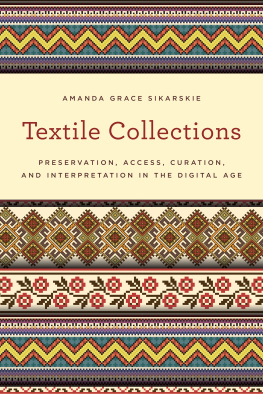
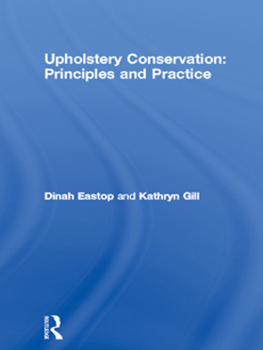
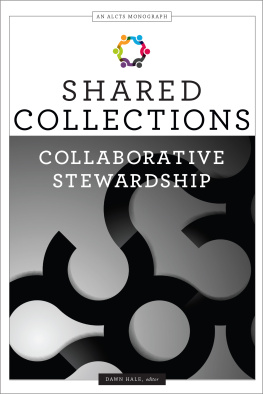
 The paper used in this publication meets the minimum requirements of American National Standard for Information SciencesPermanence of Paper for Printed Library Materials, ANSI/NISO Z39.48-1992.
The paper used in this publication meets the minimum requirements of American National Standard for Information SciencesPermanence of Paper for Printed Library Materials, ANSI/NISO Z39.48-1992.